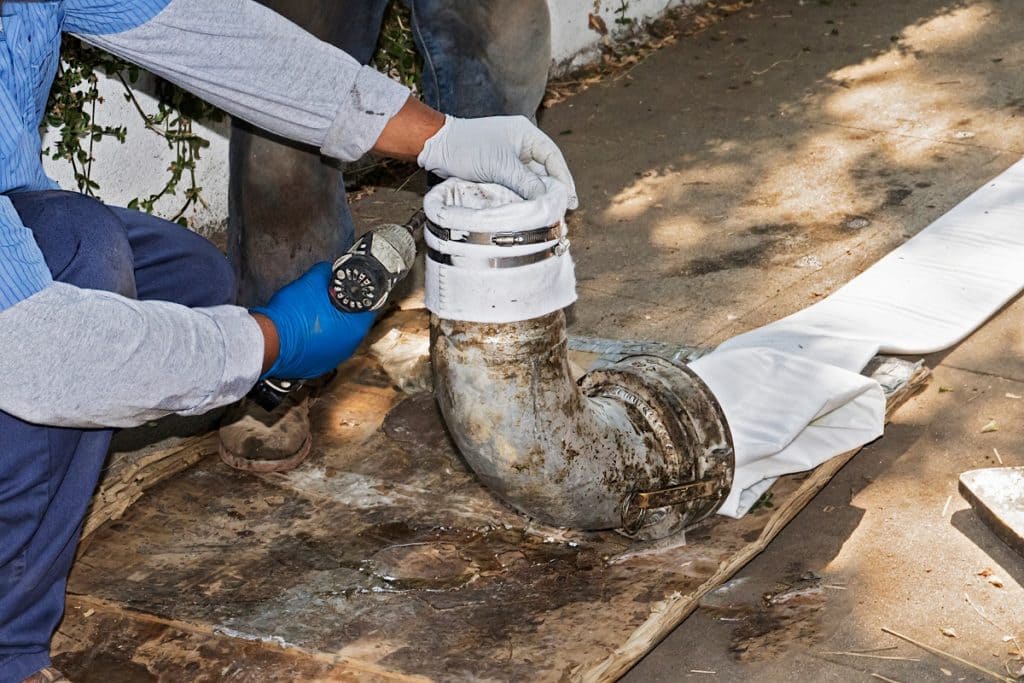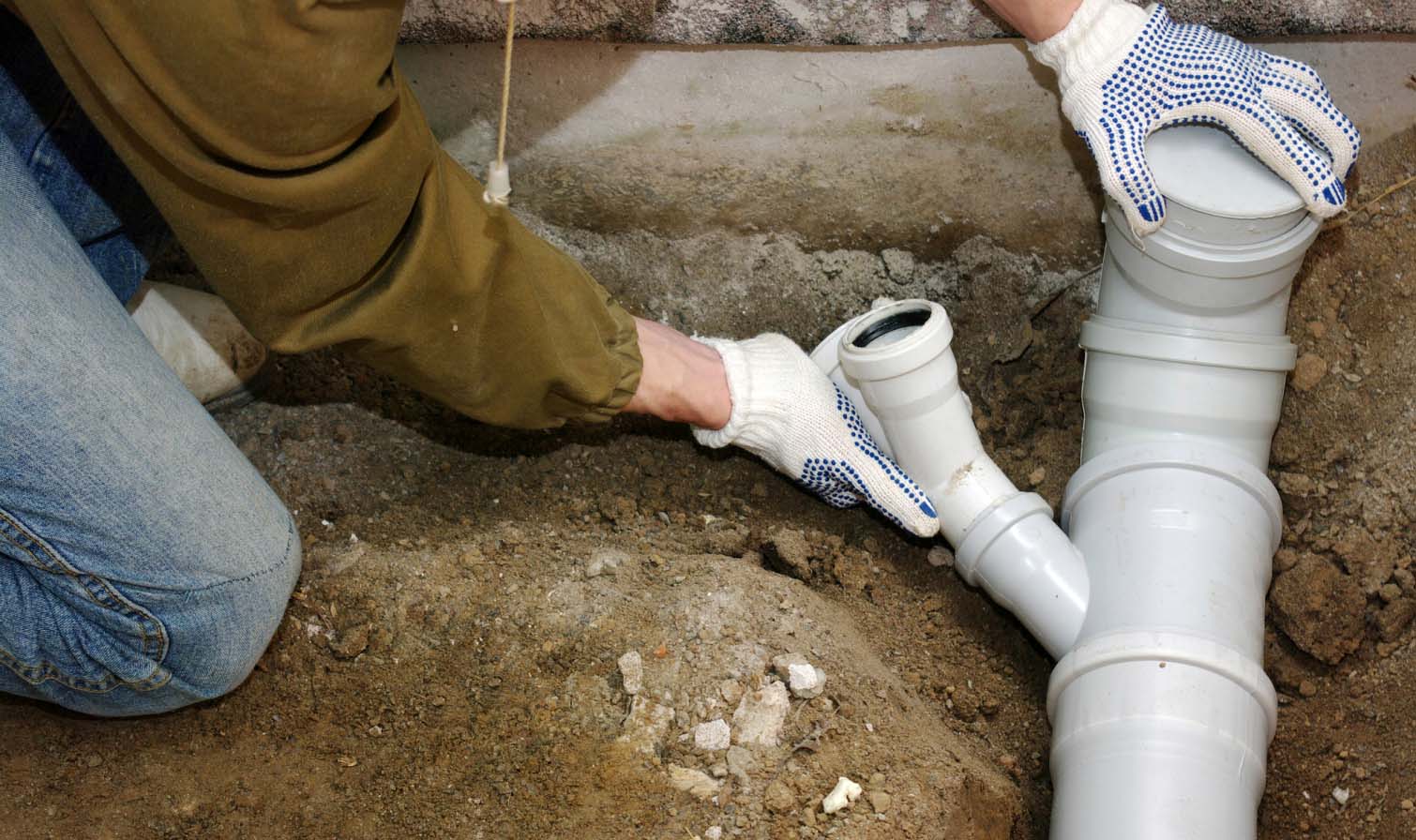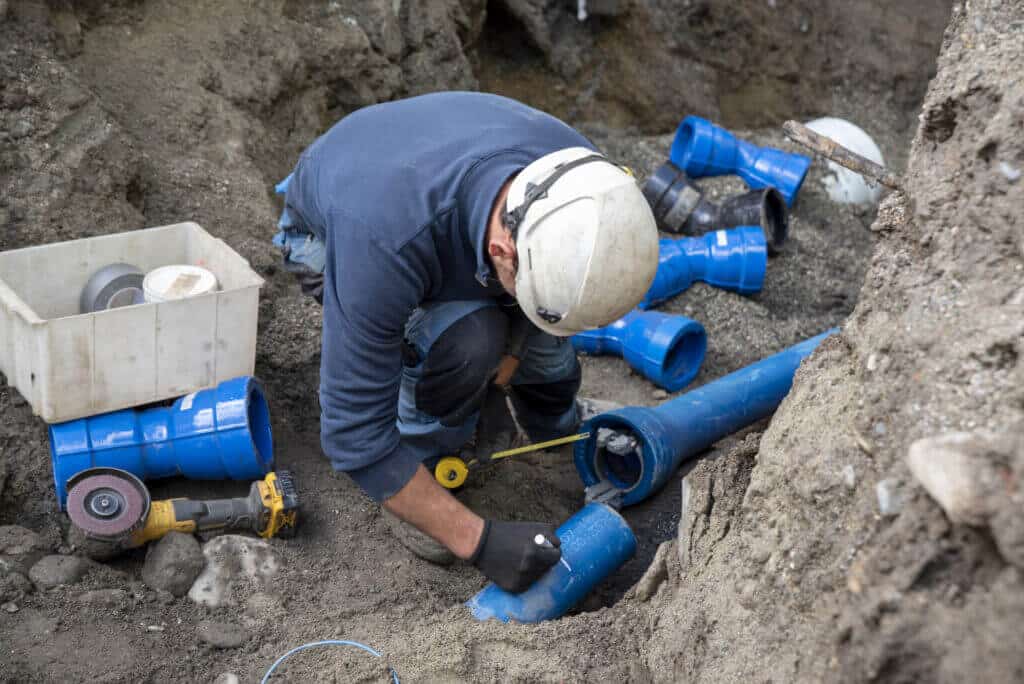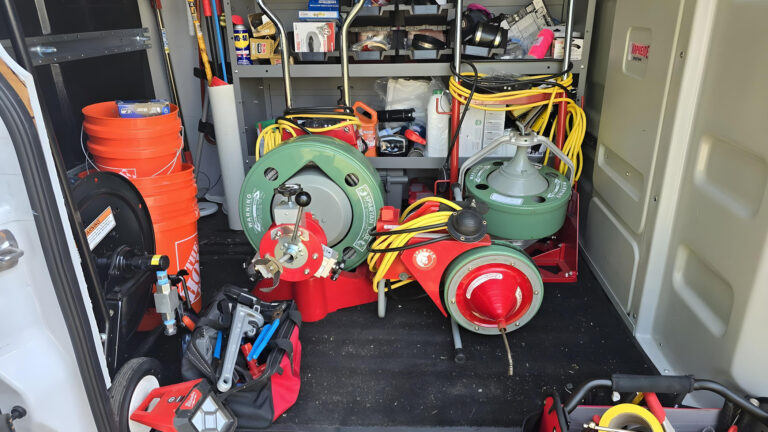Nothing ruins your day like a plumbing disaster. A sink that won’t drain, a toilet making weird noises, or—God forbid—a sewage backup in your basement is the stuff of nightmares. When your drain pipes start acting up, you’re stuck with a big question: should you try to fix them or just rip them out and start fresh? It’s not an easy call. Both options have their upsides and downsides, and the right choice depends on your situation. Let’s dig into what causes these pesky problems, break down the pros and cons of repairing versus replacing, and figure out what’s best for your home. By the time you’re done reading, you’ll have a game plan to get your plumbing back on track.
Why Are Your Drain Pipes Acting Up?

Drain pipes are like the silent workhorses of your home, shuttling wastewater away without a peep—until they throw a tantrum. When things go wrong, it can be anything from a minor annoyance to a full-blown crisis. Here’s what usually causes the trouble:
- Clogs: Grease, hair, food scraps, or that toy car your kid flushed can block pipes, slowing things down or stopping the flow entirely.
- Cracks and Leaks: Old pipes, shifting ground, or a hard freeze can crack pipes, letting water seep out and mess up your floors or yard.
- Rust and Corrosion: If your pipes are ancient—like cast iron or galvanized steel—they can rust, making the pipe narrower and the water gross.
- Tree Roots: Got trees near your sewer line? Their roots can sneak into pipes through tiny cracks, causing clogs or even breaking them apart.
- Collapsed Pipes: In the worst cases, pipes just give up and collapse, usually from age or too much pressure, leaving you with no drainage at all.
Figuring out what’s wrong is step one. A good plumber can snake a tiny camera through your pipes to get a look at the mess, helping you decide if a quick fix or a total replacement is the way to go.
Option 1: Patching Up Your Pipes
When your drain starts acting funky, your first thought is probably, “Can we just fix this?” Repairs are usually cheaper and less of a hassle than tearing out pipes, so they’re a natural starting point. Let’s talk about when fixing makes sense and what it looks like.
Why Go for a Repair?
Pipe repairs can be a godsend when you’re dealing with a small issue. Here’s why they’re often the go-to:
- Saves Money: Clearing a clog or patching a leak won’t hit your wallet as hard as replacing pipes.
- Less Mess: Most repairs don’t involve digging up your yard or knocking down walls, so your home stays in one piece.
- Quick Turnaround: A plumber can often sort out minor problems in a few hours, getting your drains flowing again by dinner.
- Better for the Planet: Fixing what you’ve got means less waste and fewer new materials.
How Do They Fix It?
Plumbers have some neat tricks up their sleeves to fix pipes without starting from scratch:
- Snaking or Hydro-Jetting: A snake can break up clogs, while hydro-jetting blasts high-pressure water to clear out grease and gunk.
- Pipe Relining: They slide a flexible, gooey liner into the pipe that hardens into a new inner layer, sealing up cracks like magic.
- Spot Fixes: If just one part of the pipe is busted, they can cut it out and patch it or replace a short section.
- Root Clearing: Special tools or chemicals can chop or kill tree roots that are invading your pipes.
When to Stick with Repairs
Repairs are your best bet when:
- It’s a small problem, like a one-off clog or a tiny leak.
- The damage is in just one spot, and the rest of your pipes are solid.
- Your pipes aren’t ancient (think under 20-40 years for PVC or 50 for cast iron).
- You’re strapped for cash or just need a temporary fix to keep things moving.
But here’s the catch: repairs can be like putting a Band-Aid on a broken leg. If your pipes are old, rusty, or falling apart everywhere, you’ll probably be calling the plumber again soon. That’s when you might need to think about replacement.
Option 2: Replacing Your Pipes

Sometimes, a repair just won’t cut it. If your pipes are crumbling, constantly clogging, or made of stuff that’s no good anymore, replacing them might be your only option. It’s a bigger deal, but it can save you from endless headaches.
Why Replace?
Going for a full pipe replacement is a big step, but it’s got some serious perks:
- Built to Last: New pipes, like ones made of PVC or HDPE, can go 50-100 years without rusting or breaking.
- Smoother Flow: Fresh pipes mean no more clogs or leaks, just water moving like it’s supposed to.
- Safer Water: Old lead or steel pipes can mess with your water; new ones keep it clean.
- Boosts Your Home: New plumbing can make your house worth more and save you repair bills down the road.
How Do They Replace Pipes?
Plumbers have some cool ways to swap out pipes without turning your yard into a war zone:
- Full Replacement: They rip out all the bad pipes and put in new ones, giving you a fresh system.
- Trenchless Replacement: Using tricks like pipe bursting, they pull new pipes through the old ones, skipping most of the digging.
- Better Materials: Switching to PVC or HDPE means pipes that laugh off rust and roots.
When to Replace
You’ll want to replace your pipes if:
- They’re rusted, collapsed, or too damaged to fix.
- You’re stuck in a cycle of clogs and leaks, even after repairs.
- Your pipes are made of old-school stuff like lead that’s bad for your health.
- You’re fixing up your house or want plumbing you won’t have to think about for decades.
Yeah, it’s pricier and takes longer, but it’s often the only way to stop the plumbing nightmares for good.
Things to Think About

Choosing between fixing and replacing isn’t always black-and-white. Here’s what to keep in mind:
- How Old Are Your Pipes? Cast iron lasts about 50-70 years, PVC around 20-40. If they’re on their last legs, replacement might be smarter.
- How Bad Is It? A single clog is no biggie for a repair, but if your pipes are falling apart everywhere, replace them.
- What Are They Made Of? Lead or old steel pipes are trouble—replace them for safety.
- Your Budget: Repairs are easier on your bank account now, but constant fixes can cost more than a replacement later.
- Your Plans: Staying in your home forever? New pipes are a solid investment. Moving soon? A repair might do.
- The Environment: Trenchless fixes or replacements are kinder to your yard and the planet.
How Much Will It Cost?
Money talks, right? Here’s the rough breakdown:
- Repairs:
- Snaking or hydro-jetting: $100-$500, depending on the clog.
- Spot fixes or patching: $500-$2,000.
- Relining: $1,000-$4,000 for a small section.
- Replacement:
- Full system swap: $3,000-$15,000, based on your home’s size and labor costs.
- Trenchless replacement: $2,000-$10,000, often cheaper since it skips the big dig.
Repairs are kinder to your wallet upfront, but if you’re always fixing something, replacement might save you cash in the long run.
Get a Pro Involved
Don’t try to play plumber yourself—trust me, it’s not as easy as YouTube makes it look. A licensed plumber has the know-how and gear, like tiny pipe cameras, to figure out what’s wrong and fix it right. They’ll also make sure everything’s up to code, so you don’t get hit with problems later.
Keep Your Pipes Happy
Once you’ve sorted out the current mess, here’s how to avoid another one:
- Get your pipes checked every couple of years.
- Don’t flush stuff like wipes, grease, or coffee grounds.
- Trim trees near your sewer line or use root barriers.
- Have a pro clean your drains every 1-2 years.
- Think about a backwater valve if you’re in a flood-prone spot.
What’s the Right Move?
Deciding whether to repair or replace your drain pipes comes down to how bad the damage is, how old your pipes are, what they’re made of, and your budget. A minor clog or small leak in newer pipes? A repair like hydro-jetting or relining will probably do the trick. But if your pipes are ancient, rusty, or causing endless drama, swapping them for modern PVC could save you a ton of stress.
For help you can trust, call Crest Plumbing. Our pros will check your pipes, lay out your options, and fix or replace them with skill. Don’t let drain problems ruin your day—let Crest Plumbing get your home flowing right again.

